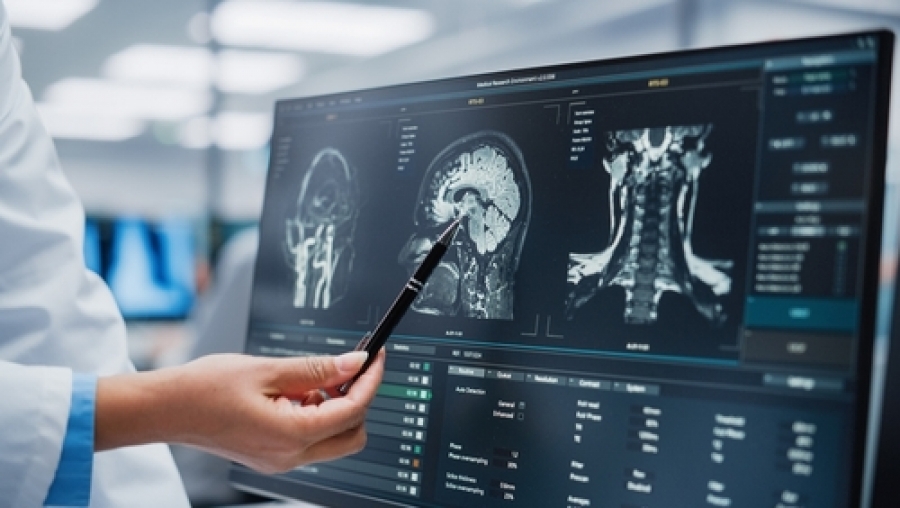Neurofeedback is a non-invasive treatment that encourages healthy patterns of brain activity and it utilizes qEEG brain mapping technology to provide accurate measurements. The goal of neurofeedback treatment is to help people become aware of what is happening in their brains, learn how to control unconscious cognitive behaviors, and ultimately improve their quality of life. While this therapeutic intervention is backed up by scientific evidence, many still ask the question: “is brain mapping legitimate?”
We’re here to answer that question today.
The idea behind neurofeedback therapy is simple: when we are stressed out, overwhelmed, or are affected by a mental health issue, our brains can produce too much activity in certain areas. This causes us to lose concentration, make mistakes, and even act impulsively. That overactivity can also contribute to symptoms of mental health conditions too. By teaching patients to recognize and regulate those overactive regions, neurofeedback helps them learn to function better and experience better quality of life.
In recent years, there has been a lot of interest in neurofeedback because of its potential to treat mental health disorders. Patients report feeling calmer, less anxious, and able to concentrate better, among many other benefits.
What are Brain Waves?
Our brains are constantly sending electrical signals between neurons thousands of times per second. These electrical signals can be grouped together and classified as brain waves. These brain waves travel at different speeds depending on what we’re doing and directly affect how we think, feel, and act. When our brain waves slow down, we tend to relax; when they speed up, we tend to pay more attention.
Brain waves are measured in hertz (Hz), which is a measurement of how many times per second a signal changes direction. There are four types of brain waves: alpha waves, beta waves, delta waves, and gamma waves. Alpha waves are the most common type of brain wave. They occur during light sleep and restful states like daydreaming. Beta waves are found in people performing tasks requiring concentration, such as reading or writing. Delta waves are present when someone falls asleep, and gamma waves happen during times of high alertness.
A qEEG brain map analyzes the behavior of your brain waves and identifies areas of the brain that are overactive or underactive in certain situations. This creates a baseline for clinicians to measure your neurological activity and develop a custom neurofeedback treatment plan to address imbalances in your brain wave activity.
How Does Neurofeedback Work?
Neurofeedback is a form of biofeedback therapy in which a person learns how to control their brain waves. This technique is used to manage symptoms and treat conditions such as:
-
ADHD
-
Depression
-
Anxiety
-
Insomnia
-
Chronic pain
-
Epilepsy
-
Migraines
-
Autism spectrum disorder
-
Traumatic stress
-
Tinnitus
-
Addiction
Neurofeedback works by measuring a person’s brain wave patterns and providing real-time feedback about those patterns thanks to the qEEG technology. In some cases, the feedback is visual, while others use audio or tactile cues.
The most common types of neurofeedback include EEG-based training (also called EEG biofeedback), EMG-based training (EMG biofeedback), and fMRI-based training (fMRI biofeedback). These systems measure different aspects of brain function and treat different conditions; however, each one uses similar techniques.
Identify Your Symptoms and Their Root Causes
Brain mapping is one of the most powerful tools in modern medicine. Numerous studies and research articles have investigated the efficacy of brain mapping and have attempted to answer the question: “is brain mapping legitimate?” All of the science points to one answer: yes.
In addition to helping us understand how we think, feel, and behave, brain maps allow us to pinpoint exactly which parts of the brain are causing certain problems. This information helps us better understand the conditions of our patients and develop custom treatment plans to help those patients overcome their struggles and live happier lives.
Brain mapping technology is helping us better understand how to treat patients suffering from neurological disorders and more. These tools allow clinicians to pinpoint the sources of imbalance in the brain that are contributing to their symptoms, thus allowing more targeted treatments.
Most importantly, a brain map shows us the way the brain communicates with the body, and where signals are out of balance. It’s important to understand which connections aren’t functioning properly so that they can be treated appropriately.
So, Is Brain Mapping Legitimate?
After learning more about what brain mapping is, what it treats, and how it works, you should be able to make an educated decision on whether brain mapping is legitimate or not. Even though it is a newer treatment, we see improvement with many conditions by using this non-invasive option to guide our treatment plans.
Contact Braincode Centers today to schedule your neurofeedback consultation and learn more about brain mapping.




